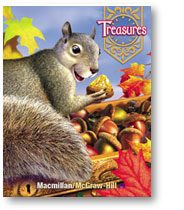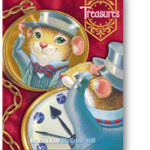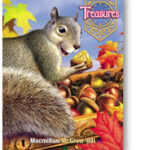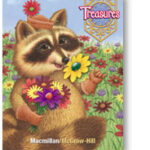Grade 1 Short Stories Comprehension – Smile Mike! – Short Stories Comprehension. Easy short stories with comprehension for first graders. Free eBooks/Flipbooks and PDFs
Smile Mike! – Short Stories Comprehension
Grade 1 Short Stories Comprehension – Smile Mike! – Short Stories Comprehension
Grade 1, Unit 3
Macmillan/McGraw-Hill’s Treasures online resources are specifically designed to help teachers teach by providing engaging activities for students at all levels. These Online Teacher Resources offer content designed to help teachers save time and keep students motivated and focused.
Our families
Content Objectives
Children will:
- Learn about the concept of family.
- Access prior knowledge and build background about family members and what they do.
- Explore and apply the concept of what makes someone a part of your family and how families are structured.
Language Objectives
Children will:
- Define what a family is.
- Orally use words that name the various members of a family.
- Extend oral vocabulary by speaking about how each family is different.
- Use key concept words [family, member, share].
Explain
Explain that children are going to learn about family:
- How to tell if someone is part of your family.
- Which family members live together.
- The difference between uncles and grandfathers.
- How families take care of each other.
Model
Ask children: What is a family? (a group of people you are related to). Ask children: What are some names for family members? (mother, father, cousin, etc.) Say: Families are the people that we are related to. Sometimes people can be related by blood, such as a brother or cousin or sometimes they can be related through marriage, such as a mother-in-law. What are some things that family members do with each other? (have parties, play games, teak care of each other, etc.)
Apply
Play the games that follow. Have them discuss with their partner the different topics that appear during the Talk About It feature. After the first game, ask children about their families. After the second game, encourage them to talk about which members their families are made of and if there are any special things they do together.
Close
Ask students: Choose a partner and tell them about your family. What are the differences between your families? What is the same about them? What would it be like to switch families with your partner? Say: Families are made up of many different people, or members. Families share with each other and also spend a lot of time together. Are pets considered family members? Why?
WE DO NOT SUPPORT COPYRIGHT DISPUTES – USE ONLY FOR TEACHING AND LEARNING PURPOSES

Smile Mike! – Short Stories Comprehension
All downloads are in PDF format
BROWSE THE EBOOK ONLINE OR DOWNLOAD THE PDF FOR FREE
Smile Mike!

Family fun

Glossary

Test





